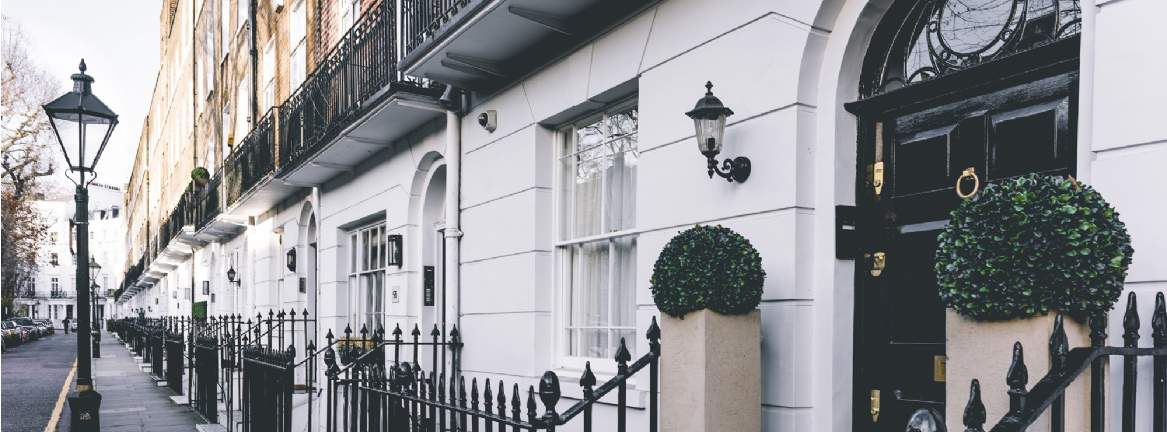According to our latest market indicator, the prime London residential market had entered a period of modest price growth in the immediate run up to this week’s coronavirus lockdown after values appeared to bottom out in the second half of 2019.
Over the past week, however, Covid-19 has dominated the news agenda and begun to impact market activity, not least given the practical difficulties of buying and selling in the current environment. As a result, it seems inevitable that there will be a period of low transactional activity over the spring and summer months, so it will probably be autumn before we can understand what this will mean for future price growth.
The Q1 numbers
Savills quarterly index (compiled w/c 16 March 2020) shows house prices across London’s established prime markets rose by 2.0 per cent in the three months to mid-March, just ahead of the latest developments in the Government’s efforts to control the virus.
This early year uptick pushed annual price growth across prime London into positive territory for the first time since March 2016, in a market where prices remain on average 9.7 per cent below their 2014 peak.
In the first two and a half months of the year we saw the political uncertainty that has dogged the prime markets for some time ease substantially, bringing a renewed sense of commitment from buyers.
There was a strong burst of activity around the Budget, as some domestic buyers who’d held off in the hope of a stamp duty cut, came off the fence when that wasn’t forthcoming. Similarly, some non-resident buyers brought purchases forward to avoid an expected surcharge, again delayed until next year.
Domestic market the strongest performer
The strongest growth was seen in the markets of west London, a belt running from Brook Green, across to Ealing and Chiswick, where prices jumped by 3.6 per cent in the quarter.
Here - in common with the more established prime markets of south west London, where annual price growth increased to 4.3 per cent - strong domestic demand flowed back in to the market after the general election at a time when the amount of available stock to purchase was low. Within this region, the strongest performers were Clapham, Wandsworth and East Sheen.
Prime central London – value and pre-trailed stamp duty increase attracted activity
Average values across London’s most expensive central markets recorded only their second quarter of price growth since June 2014, increasing by a more modest 0.9 per cent. This left prices on average 0.3 per cent lower than a year earlier, but still 19.7 per cent below their peak of almost six years ago.
Notting Hill, Holland Park, Marylebone and Kensington all saw values tick up by around 2.0 per cent in the first quarter, though all remain broadly in line with the average when compared to peak, with the exception of Marylebone which is down by just under 8.0 per cent.
Only once we see transactions pick up again will we be able to gauge the impact which Covid-19 has had on prices. Much depends on how long it suppresses the domestic and global economy, how people perceive its potential impact on their wealth over the longer term, and the extent to which they turn to bricks and mortar as a store for that wealth.
Given where prices currently sit and the expectation of a V-shaped downturn in the economy, we currently believe the long-term downside risk to the market is not significant, though the outlook is much less certain in the near term.
Further information
Read more: What might Covid-19 mean for the housing market?


(4).jpg)
(1).jpg)
.jpg)
.png)


.jpg)

.jpg)